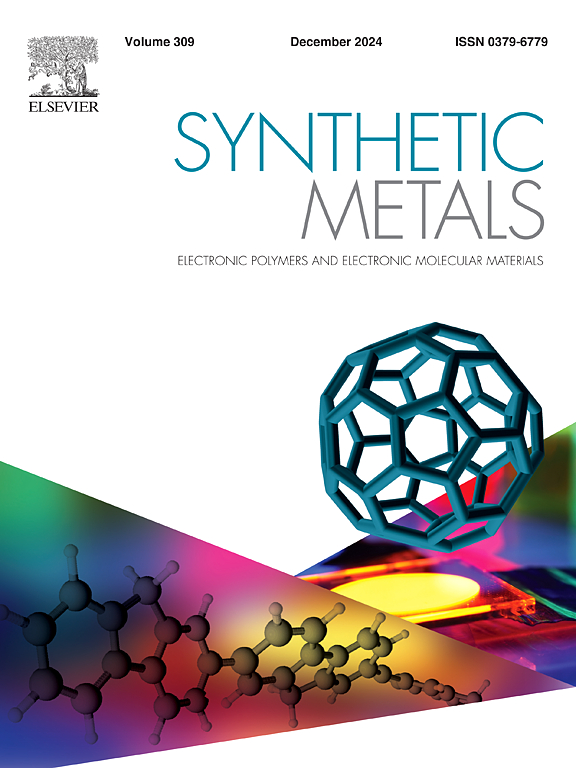用于锂离子电池的 X 封装(X= F-、Cl-、Br-)和掺杂 B38(Al 或 N 原子)纳米笼的比较分析
IF 4
3区 材料科学
Q2 MATERIALS SCIENCE, MULTIDISCIPLINARY
引用次数: 0
摘要
本研究探讨了 B38 纳米笼的结构和电子特性,重点是它与锂离子和锂离子在锂离子电池中的相互作用。研究了铝 (Al) 或氮 (N) 对 B38 的掺杂以及卤化物(F-、Cl-、Br-)的封装。使用 DFT 方法进行的结构优化和几何松弛发现,用铝或氮取代硼原子会导致纳米笼中的键长和电荷分布发生变化。研究结果表明,掺杂的 B38 具有正的电池吉布斯自由能(AlB37 为 6.27 kcal/mol,B37N 为 3.74 kcal/mol)和负的电池电压(AlB37 为 -0.27 V,B37N 为 -0.16 V),在当前条件下不利于电化学反应。封装卤化物有望提高锂离子电池的电池电压,Li/Cl--B38(3.40 V)、Li/Br--B38(3.32 V)和 Li/F--B38 实现了 3.49 V 的最高电池电位。封装纳米电容器的相互作用能值随 Li/Li⁺ 的变化而变化,这表明其具有在锂离子电池中用作阳极的潜力。本文章由计算机程序翻译,如有差异,请以英文原文为准。
A comparative analysis of X-encapsulated (X= F−, Cl−, Br−) and doped B38 (Al or N atom) nanocages for lithium-ion Batteries
The study investigates the structural and electronic properties of the B38 nanocage, focusing on its interaction with Li and Li⁺ ions for Li-ion batteries. The doping B38 with aluminum (Al) or nitrogen (N), and the encapsulation of halides (, , ) were studied. Structural optimization and geometry relaxation using DFT methods reveal that replacing a boron atom with Al or N leads to altered bond lengths, and charge distribution in the nanocage. The results reveal that doped B38 with positive Gibbs free energy of the cell (6.27 kcal/mol for AlB37, and 3.74 kcal/mol for B37N) and negative cell voltage (-0.27 V for AlB37, and −0.16 V for B37N) make electrochemical reaction is unfavorable under the current conditions. Encapsulation of halides showed promise in enhancing the cell voltage for Li-ion battery applications, with Li/-B38 (3.40 V), Li/-B38 (3.32 V), and with Li/-B38 achieving the highest cell potential of 3.49 V. Encapsulated nanocages exhibit changes in interaction energy values with Li/Li⁺, suggesting potential for use as anodes in Li-ion batteries.
求助全文
通过发布文献求助,成功后即可免费获取论文全文。
去求助
来源期刊

Synthetic Metals
工程技术-材料科学:综合
CiteScore
8.30
自引率
4.50%
发文量
189
审稿时长
33 days
期刊介绍:
This journal is an international medium for the rapid publication of original research papers, short communications and subject reviews dealing with research on and applications of electronic polymers and electronic molecular materials including novel carbon architectures. These functional materials have the properties of metals, semiconductors or magnets and are distinguishable from elemental and alloy/binary metals, semiconductors and magnets.
 求助内容:
求助内容: 应助结果提醒方式:
应助结果提醒方式:


